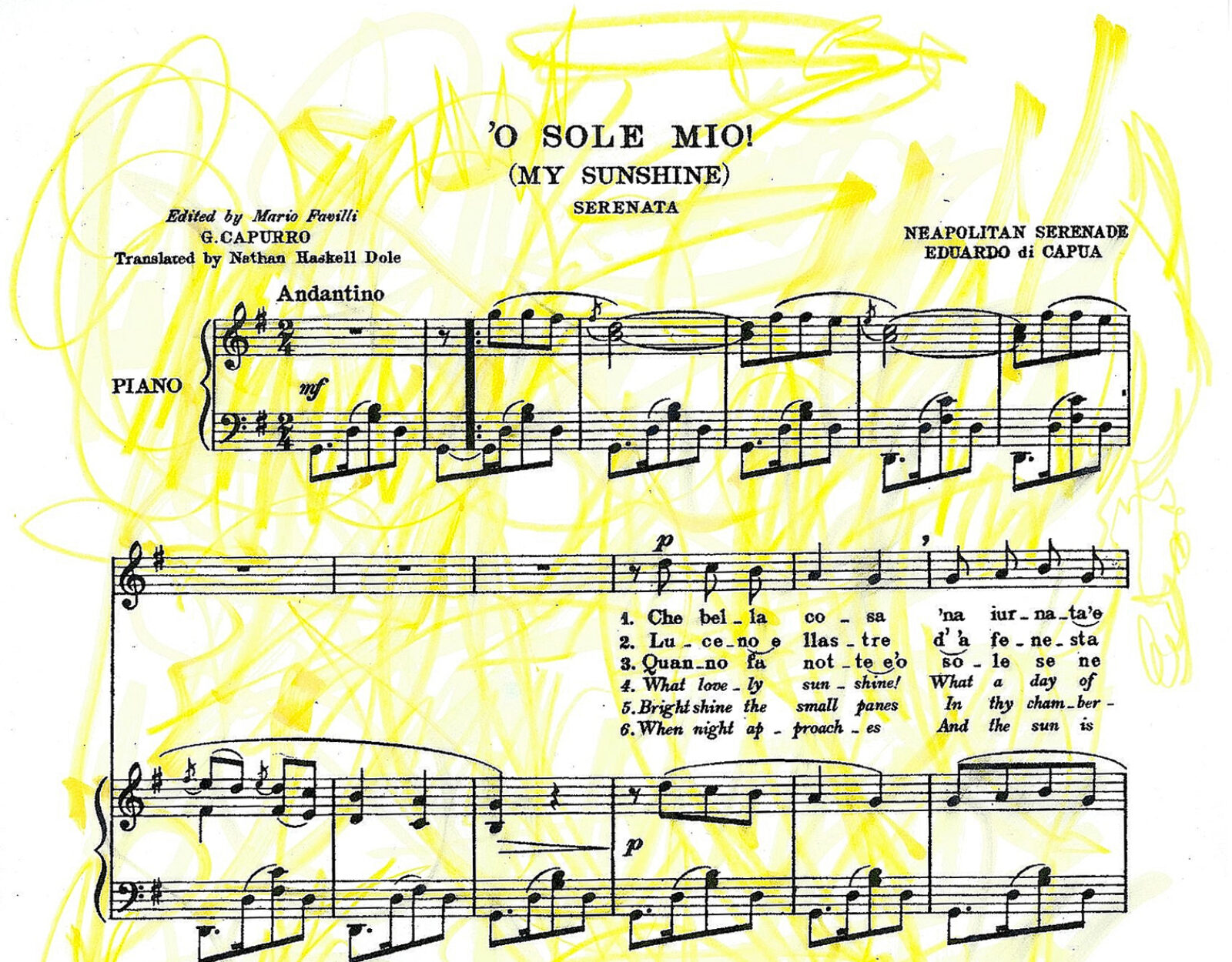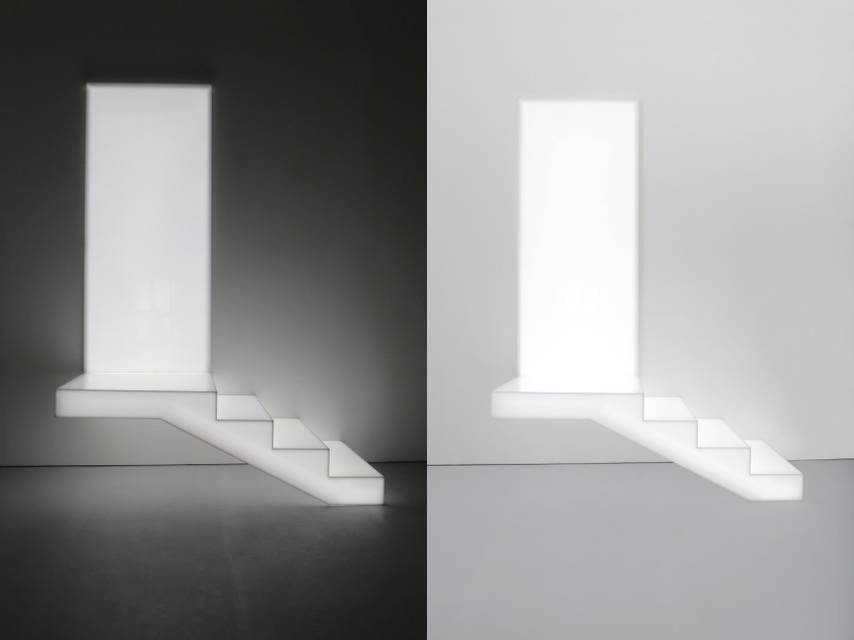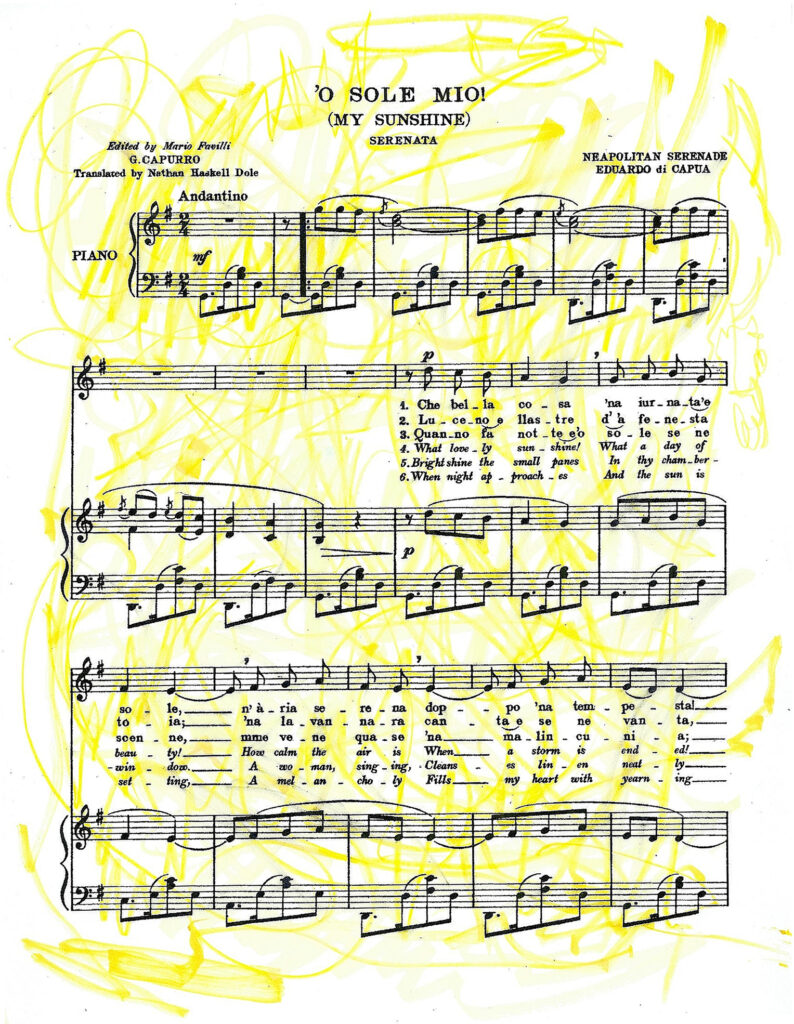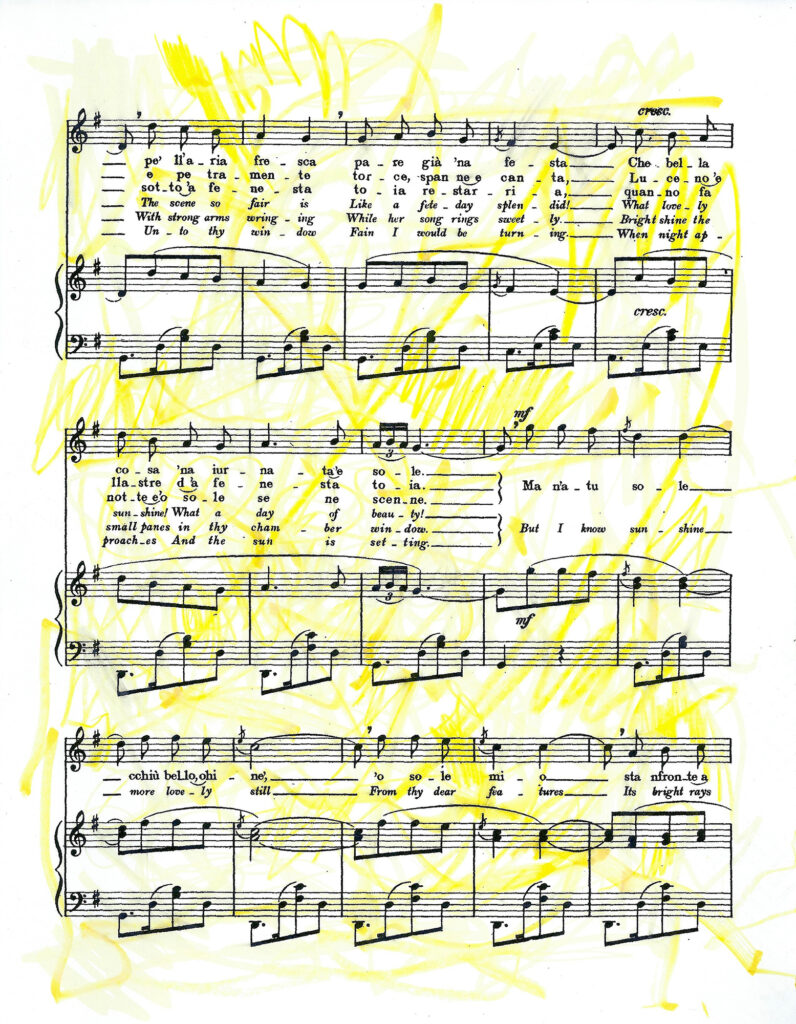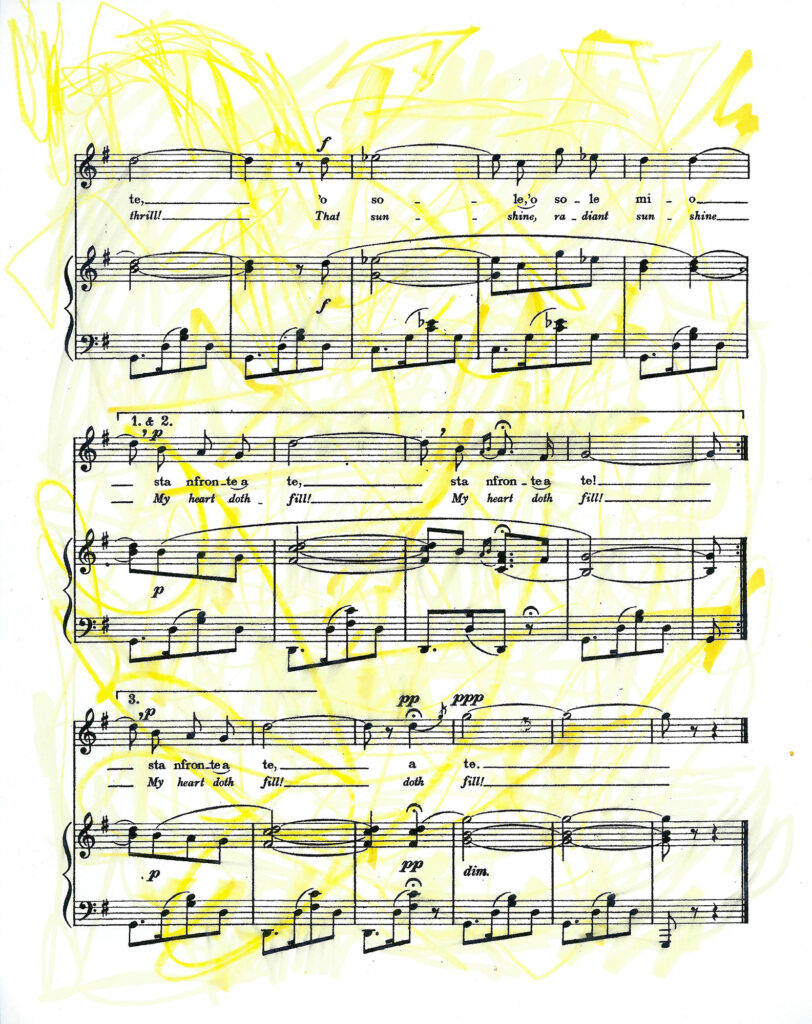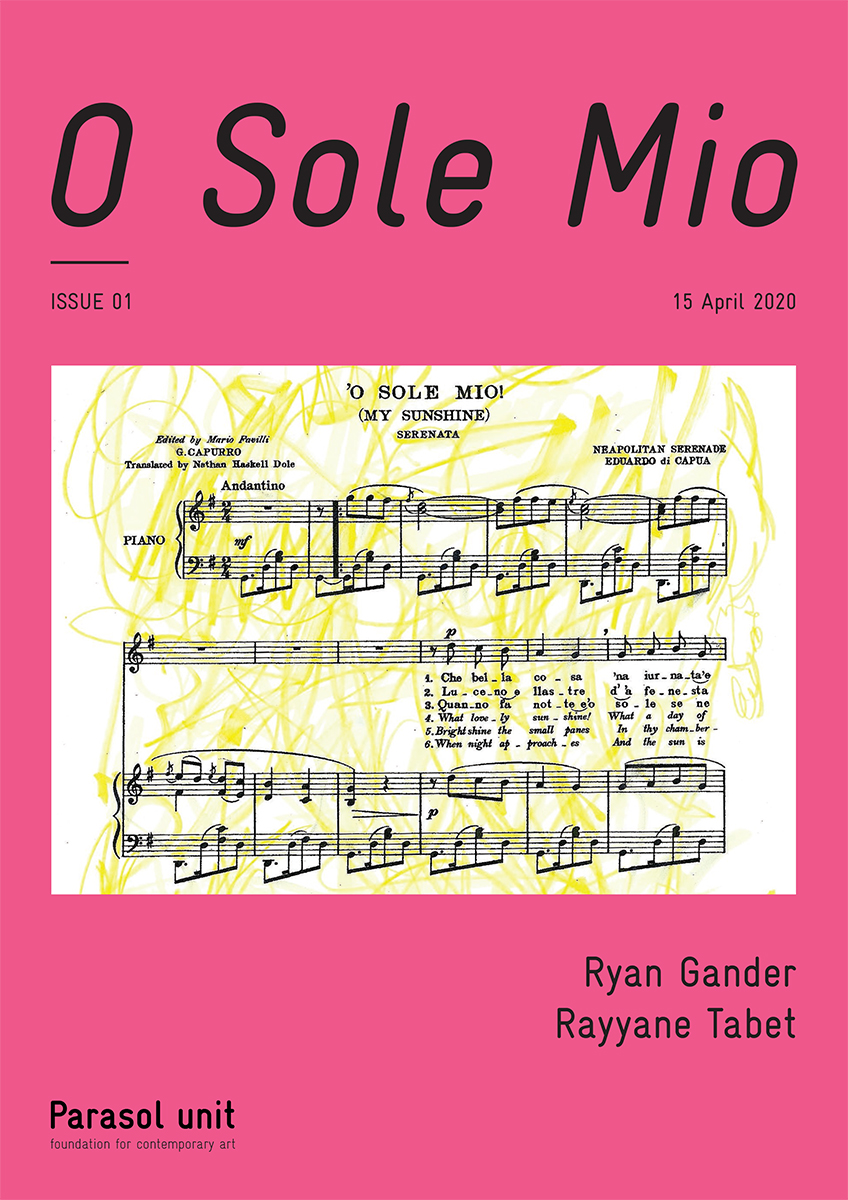Che bella cosa … The opening lyrics of the iconic ‘O Sole Mio’ are simply magical. In all the years I have known this beautiful song, I have never encountered anyone who was not moved by its sublime energy, echo of faith, incredible passion and its promise of hope. Countless times, I have felt my spirit lifting as I listened to ‘O Sole Mio’, which is why during these intensely stressful months, as our world tries desperately to overcome Covid-19, I find solace in the song’s certainty of a happier world.
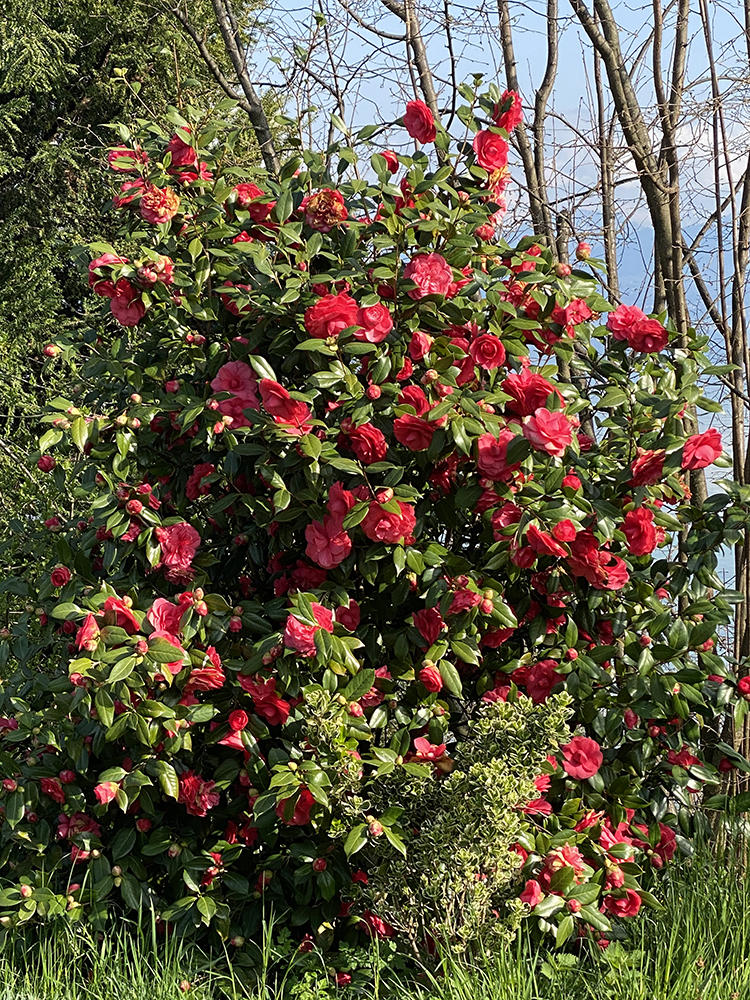
As many of us will know, ‘O Sole Mio’ is a Neapolitan song written in 1898. Sadly, Italy is the country that has so far suffered the highest number of Covid-19 cases and related fatalities in Europe. The scale of this pandemic is far greater than any other disaster that has befallen the country since World War II, and no solution is yet in sight. The Covid-19 tragedy is, of course, a world-wide phenomenon of pain and human devastation. Will this experience make our global world re-write new codes of conduct?
Currently most of us, if still healthy, are living in ‘self-isolation’, are ‘social-distancing’ or taking refuge in nature. Initial disbelief or denial have gradually given way to a more realistic understanding of the bleak reality of this disease as we try to make sense of it all. Some have found benefit in no longer having to travel so much and are using the time gained to undertake meaningful activities. Others lament having to forgo cultural life and not being able to meet with friends and family. Luckily, the flexible side of human nature enables us to adapt and to focus on the positive aspect of even these most unwelcome of circumstances. We find ways to make productive use of the exceptionally available time by reading, writing, making or simply thinking and reflecting on issues we’ve recently not had time to do. Perhaps we will observe our surroundings with heightened attention. How incredible and surrealistic that in 2020 we are experiencing some aspects of life as it was a century ago.
On reflection, we ask ourselves whether a pandemic could have been avoided or better prepared for? Why did it happen? Have we gone too far and too rapidly in a world where everything including our mind has had to perform at the click of a mouse? Did we forget to update our social codes of conduct and personal responsibilities in keeping with the exponential increases in world population and mass movements of people? Obviously, there are many questions we can ask ourselves, which confirms what a privilege it is to be human. It is in this spirit that I have asked the artistic community – artists and other creative thinkers – to join with Parasol unit in a meaningful project that aims to counterbalance an utterly grim situation with a set of individually inspirational works.
As I mentioned earlier, ‘O Sole Mio’ formulates the hope and promise of a better future and although the lyrics of this charming song take a romantic turn as they unfold, my fascination with it has always been the freshness and hope it expresses both in its opening lines and as a whole. I do hope all those who are invited to offer their own take on this joyful song of hope will connect with its message and devise words and images that will be singularly thought-provoking. Many artists and creative thinkers have responded to my request and several have already provided their contribution. During the months to come, we at Parasol unit look forward to publishing these inspiring works on a weekly basis, which I am certain will help us to re-establish the positive.
Ziba Ardalan
Founder, Artistic and Executive Director


